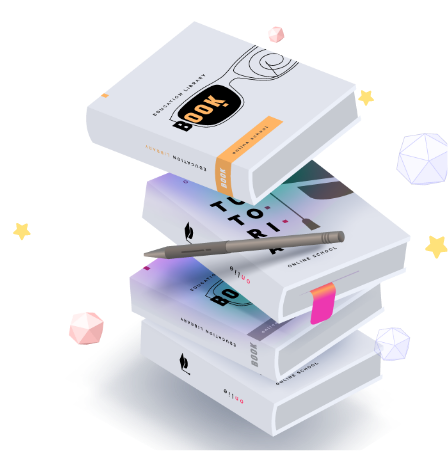404 not found
The page you requested could not be found
Please try the following:
- Check the spelling of the url
- If you are still puzzled, click on the home link below
This website uses cookies to personalize content and analyse traffic in order to offer you a better experience. Cookie policy


The page you requested could not be found
Please try the following:
